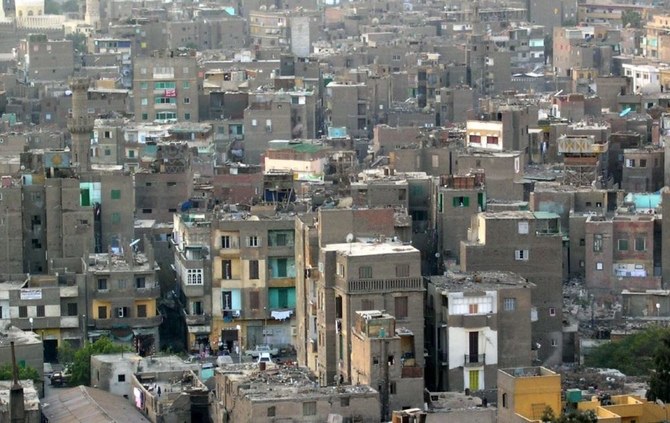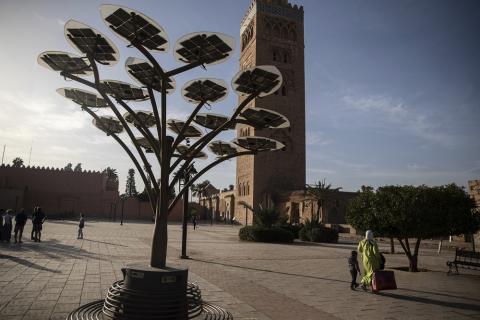
Al-Jabkhana was used for gunpowder and weapons storage during the era of Muhammad Ali in the first half of the 19th century
Cairo Gov. Maj. Gen. Khalid Abdel Aal: The area’s development comes as part of a plan to eliminate slums and unsafe areas, and relocate their inhabitants to new housing
CAIRO: Restoration work has begun on old Cairo’s historic Al-Jabkhana area, close to the site of Egypt’s first Islamic capital, Al-Fustat, to enhance its tourism potential.
Archaeologist and Islamic heritage specialist Abdelmageed Abdelaziz said that Al-Jabkhana was used for gunpowder and weapons storage during the era of Muhammad Ali in the first half of the 19th century.
New uses for the historic location are being studied, he added.
“The area’s features have changed after connecting it with the ring road, fortifying the mountain’s edges, and creating an open-air theater in the area. A service road is being constructed next to the ring road. Debris is being removed from Al-Jabkhana,” Abdelaziz said.
Sayed El-Fouly, a member of the restoration committee, told Arab News: “A total of 187 properties have been removed from the slums surrounding Al-Jabkhana, and the construction of an ascending path to the monument has been completed.”
He said that the Cairo Governorate has relocated 1,024 families to furnished units in Al-Mahrousa City on the outskirts of Cairo, as part of the second phase of development, and the facades of properties facing Al-Jabkhana have been restored.
Units for ambulance, police, and civil protection services have been set up, while the interior restoration of Al-Jabkhana building is being carried out by an NGO in cooperation with the Ministry of Antiquities, he said.
Cairo Gov. Maj. Gen. Khalid Abdel Aal said: “The area’s development comes as part of a plan to eliminate slums and unsafe areas, and relocate their inhabitants to new housing, providing them with a dignified life.
“This area was considered a danger zone due to its location on the mountain’s edge.”
Engineer Jihan Abdel Moneim, deputy governor of Cairo, said: “The development work includes integrating movement pathways leading to the archaeological site to facilitate access.
“Additionally, the vacant urban spaces have been utilized to make sport arenas, an open-air theater, a children’s playground, and recreational areas.”












